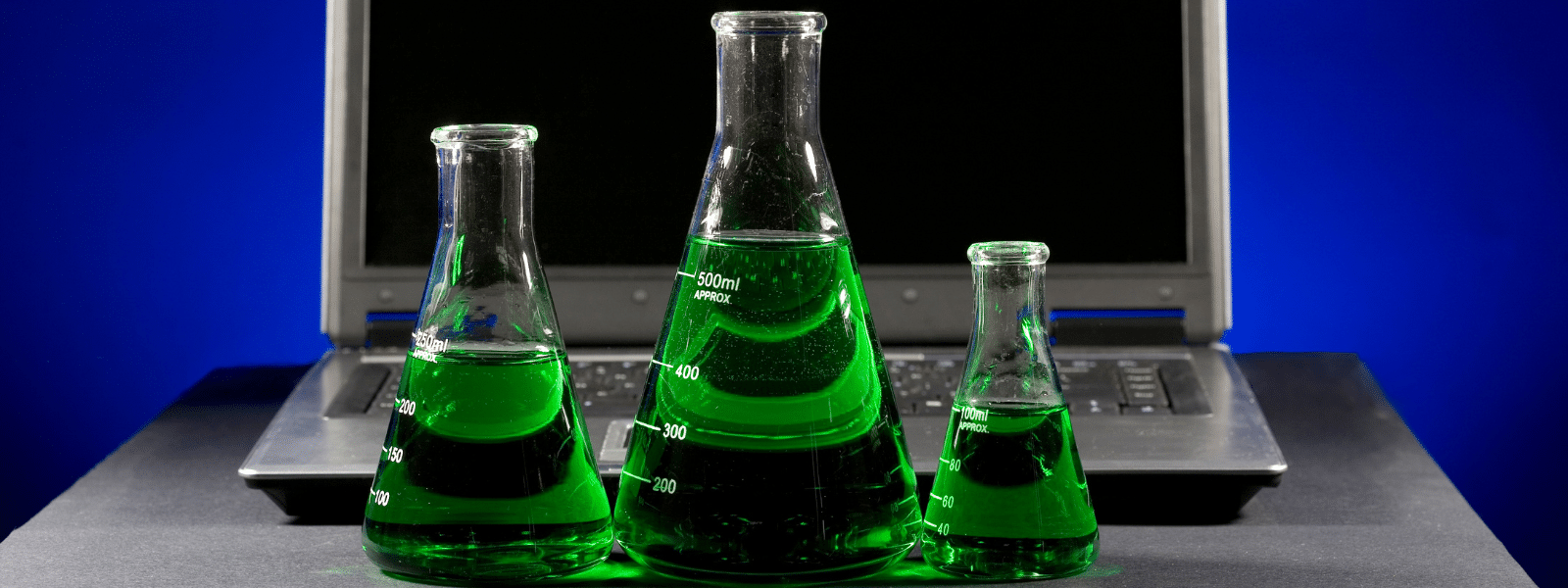Polarity can be a bit of a tricky subject in chemistry. Not only are a majority of the major concepts somewhat unintuitive until you have a decent...
Blog


CHEMICAL INDUSTRY NEWS
Chemical Chat – Discover What’s New!
Hydrofluorocarbons Versus Hydrofluoroethers
Hydrofluorocarbons present may have emissions properties that are not ideal for the environment. Hydrofluoroethers on the other hand have properties...
Green Chemistry – Replace Your Tired and Old Solvent Degreasers
Green chemistry is a branch of chemistry that specially focuses on reducing the use of environmentally hazardous substances. Regarding chemicals...
What is a B-Corporation?
Imagine a business with purpose and transparency. A business determined to make a positive impact on the environment...
Hydrofluorocarbons Versus Hydrofluoroethers
Hydrofluorocarbons present may have emissions properties that are not ideal for the environment. Hydrofluoroethers on...
Company News

Managed Services
Discover the Latest in Safe and Sustainable Chemical Solutions
Stay informed with Ecolink’s blog! Subscribe now
Chemical Management Information
Stay updated with us
Sign Up for the Latest Updates
Stay informed about chemical supply chain disruptions and emerging innovations to keep your business at the forefront of efficiency and innovation. Uncover new ways to make your business practices more sustainable by incorporating safer products into your cleaning lineup.


























